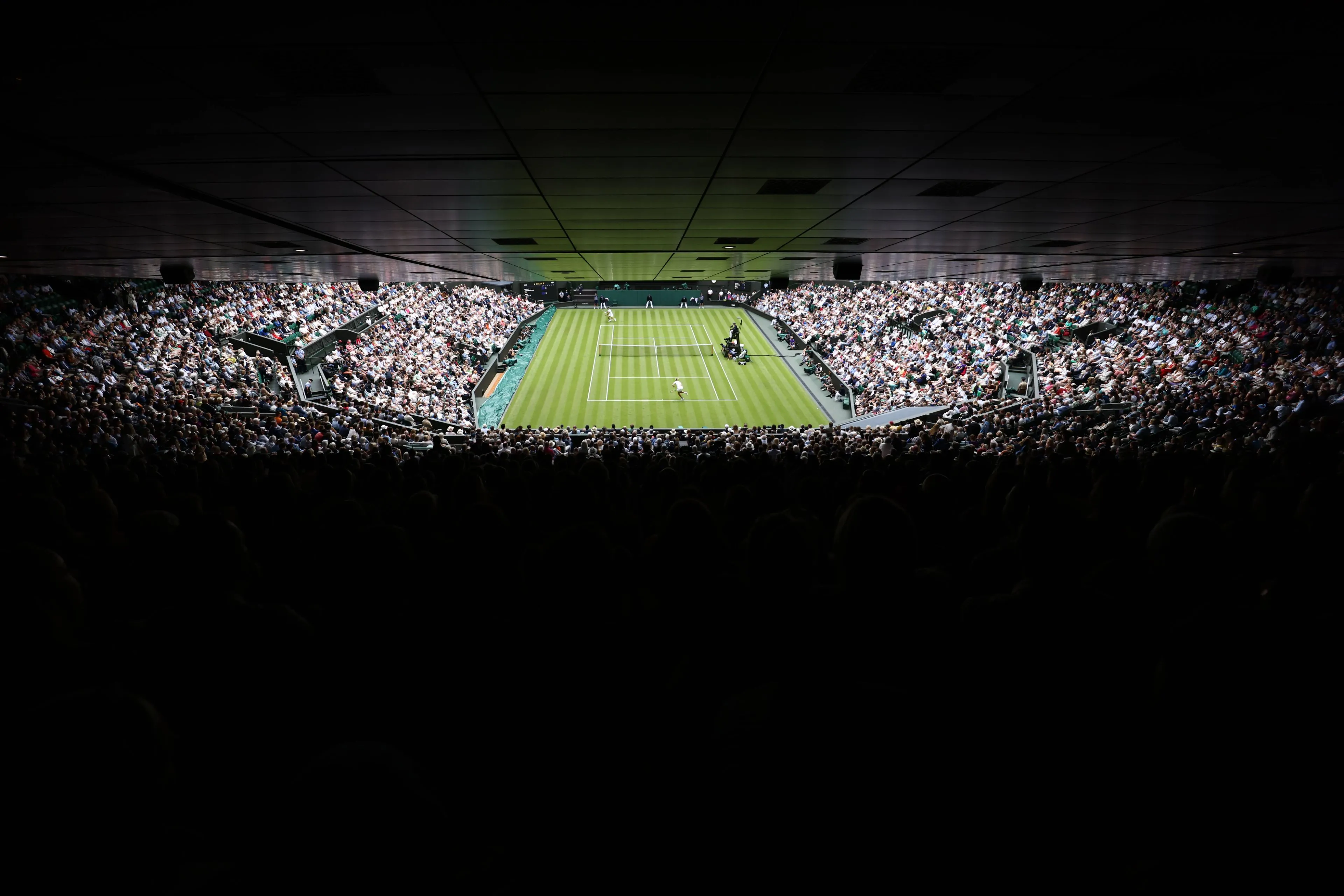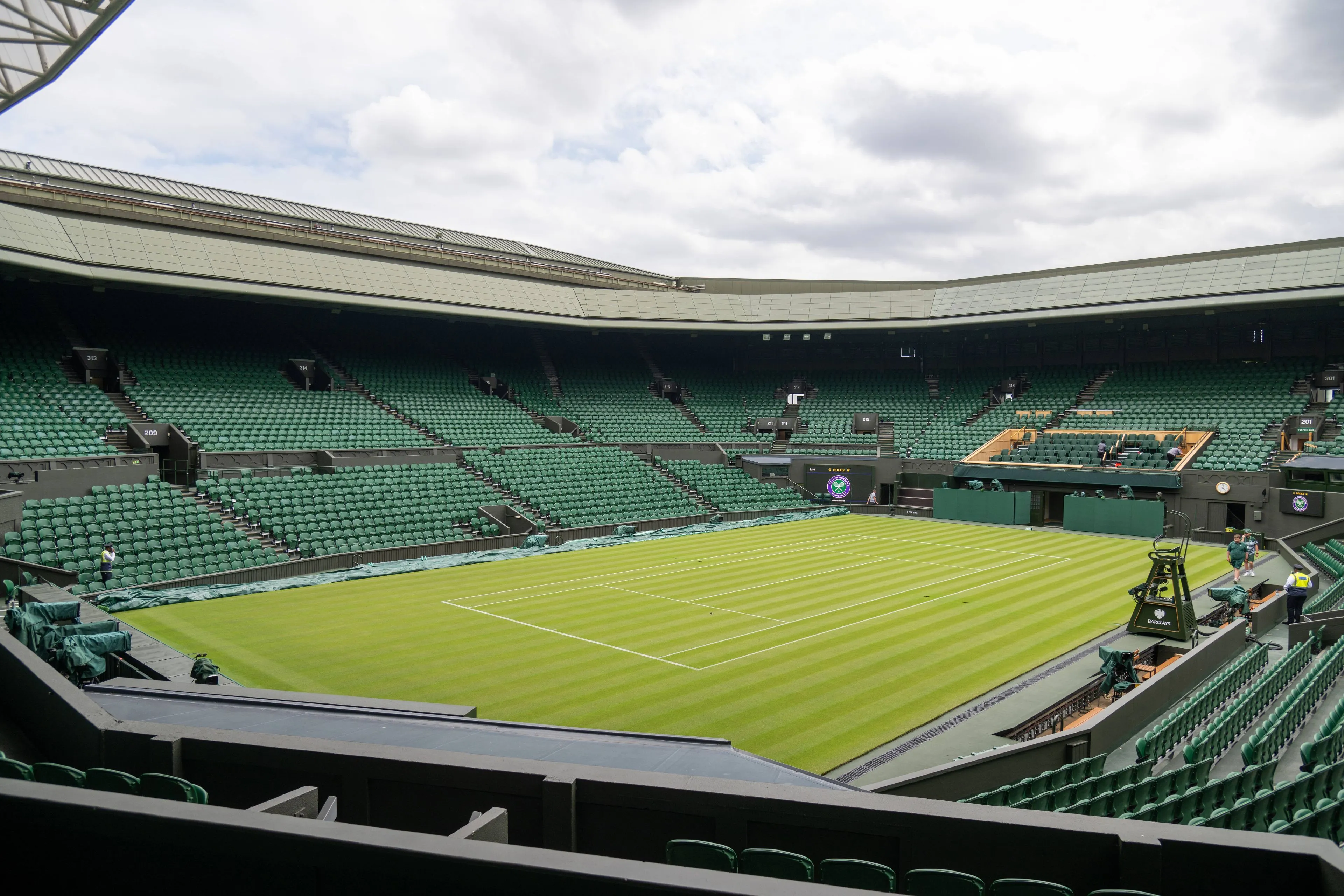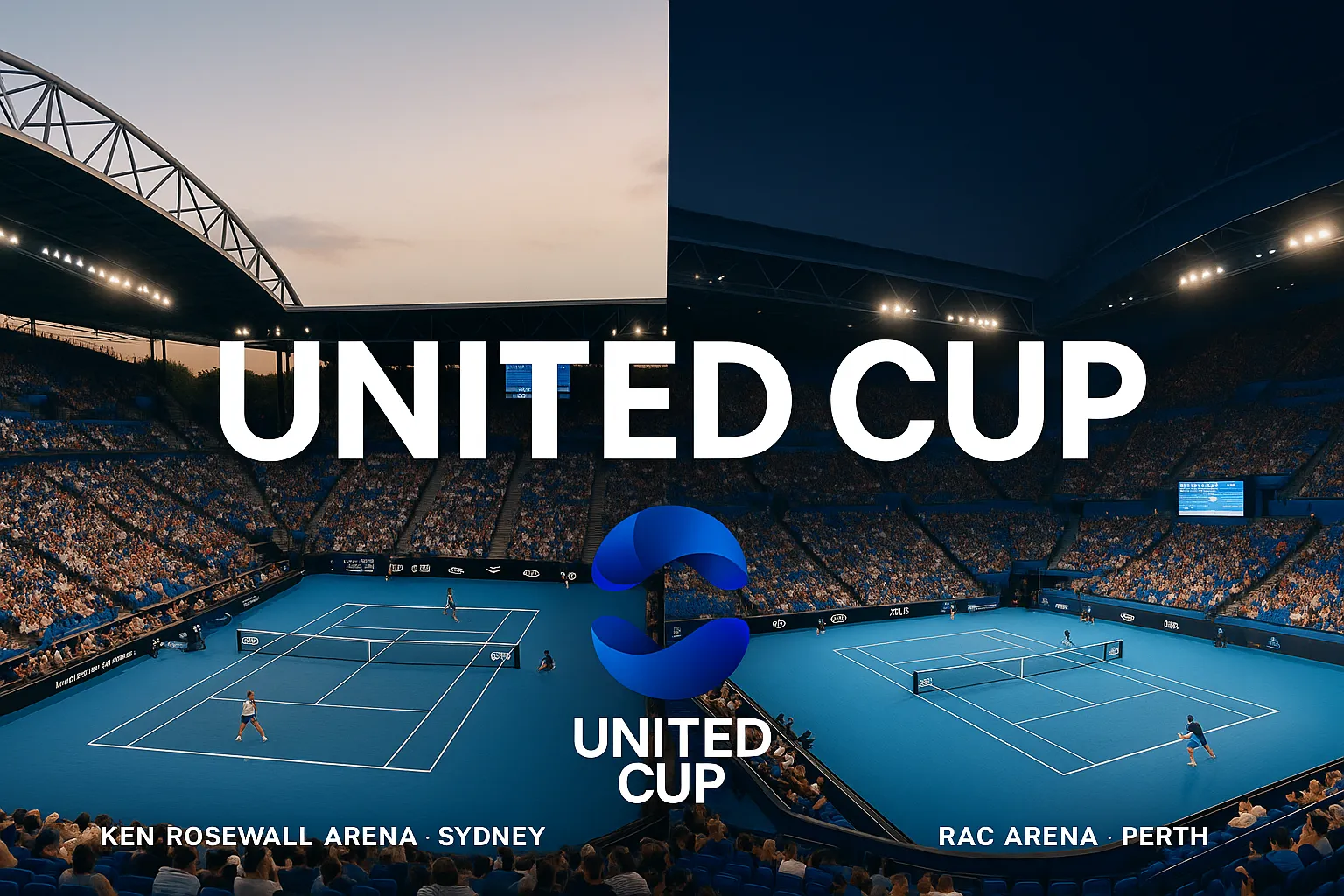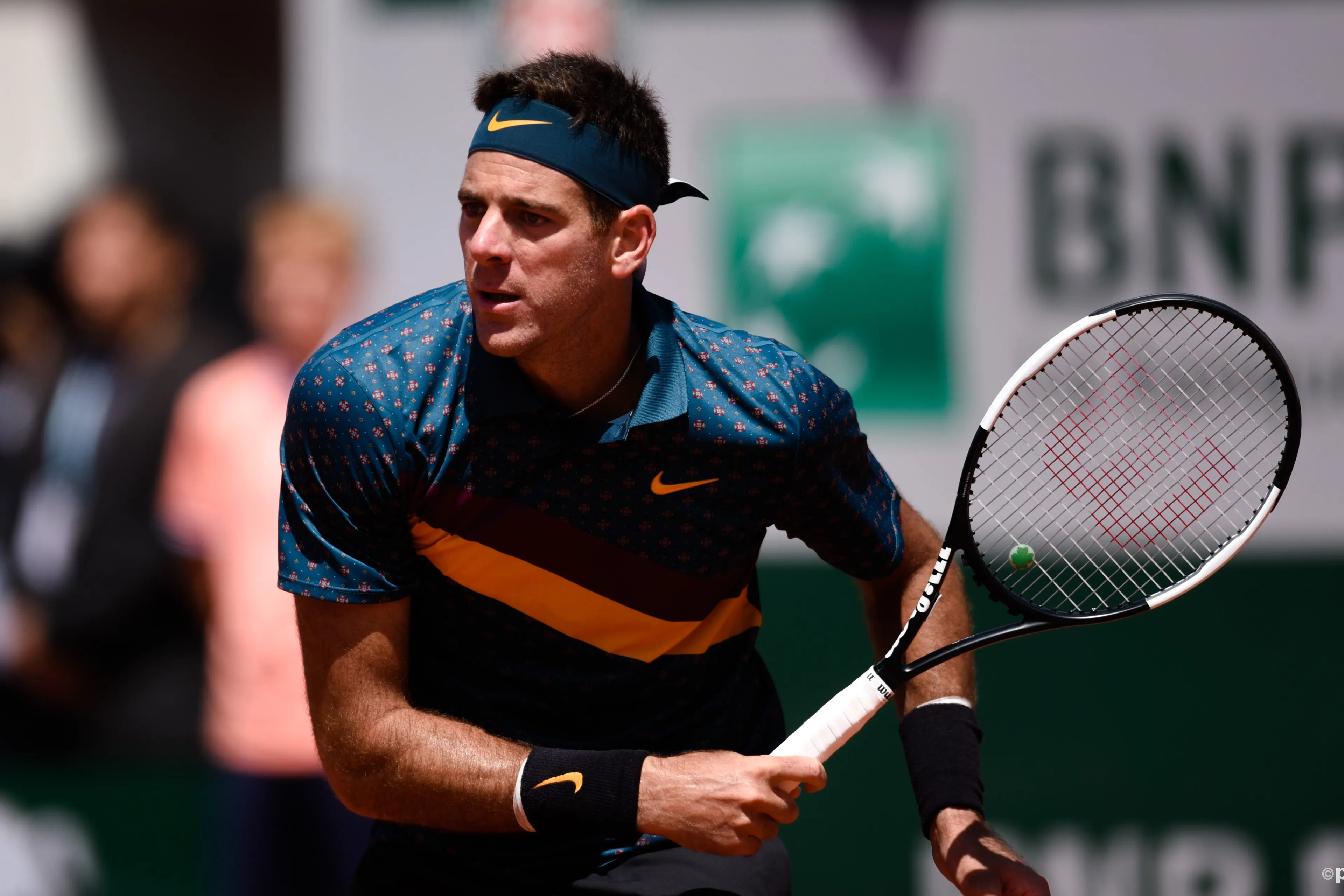ANALYSIS - AI set for Wimbledon takeover: A necessary change or a worrying trend?
ATPSaturday, 12 October 2024 at 18:00
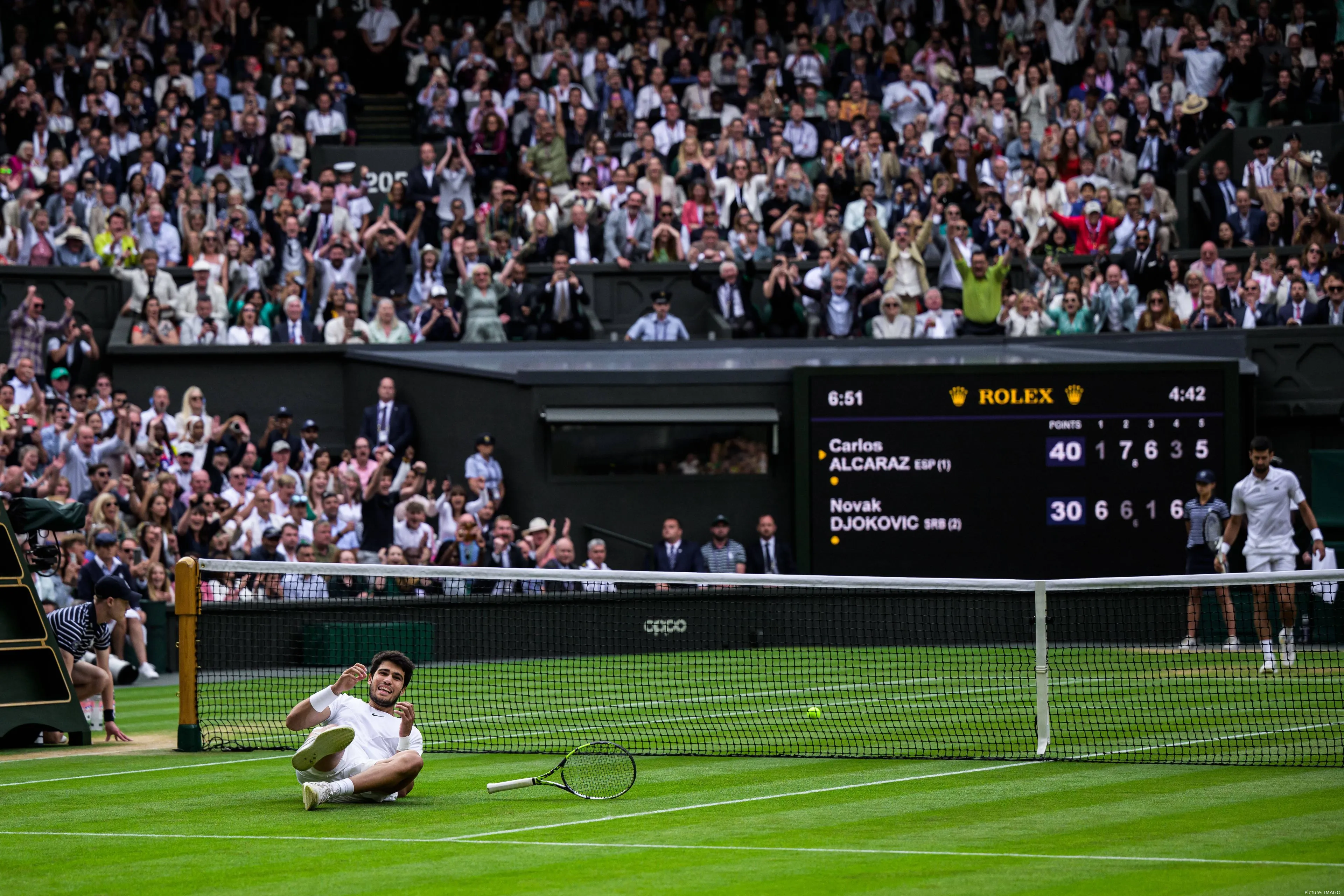
Sports, like the rest of the world, stand at a crossroads as technology and artificial intelligence rapidly reshape various aspects of our lives. In tennis, the iconic Wimbledon Championships, a tournament deeply rooted in tradition, will embrace AI in a revolutionary change for the 2025 season. All the human line judges will make way for the introduction of an automated electronic line calling (ELC) system.
This decision marks the first time in Wimbledon’s 147-year history that human officials will not oversee line calls, signifying the tournament's bold step into the future of sports officiating. So what does this mean for Wimbledon, a competition so closely associated with class and tradition, and why is such a shift necessary?
Read also
Wimbledon’s relationship with innovation
Though this shift might seem groundbreaking, Wimbledon has long incorporated innovations while carefully preserving its heritage. The Championships first introduced the Hawk-Eye challenge system in 2007, allowing players to challenge contentious calls a system that has helped to speed up certain decision.
And Wimbledon isn’t the only Grand Slam to have invested heavily in innovation. More recently, in 2020, as the COVID-19 pandemic forced sports to adapt, the US Open introduced Hawk-Eye Live across most of its courts. The system was considered highly effective, reducing the human errors that can lead to controversial decisions.
Wimbledon, often seen as a traditionalist tournament, has taken its time to embrace AI and technological advances fully, and has lagged behind the other grand slams in welcoming in new features. But with mounting pressure to modernise and compete with the ever-evolving sports landscape, the All England Club’s decision to integrate ELC is an important progression.
Read also
The role of technology in tennis
AI’s integration into tennis began with the Hawk-Eye system, the ball-tracking technology that uses multiple cameras positioned around the court to determine the exact trajectory of the ball. While initially introduced as a backup to human judges, Hawk-Eye has gradually gained prominence due to its precision. The technology became a crucial feature of tournaments like the US Open and the Australian Open, which eliminated human line judges entirely by 2021. Player reactions to this transition have been mixed, with some, like Novak Djokovic, endorsing the change, while others, such as Mats Wilander, argue that tennis is losing its human touch and “intrigue” in the process.
At the heart of this technological shift is the goal of reducing human error in a sport where even a single missed call can change the outcome of a match. The Hawk-Eye system boasts an impressive accuracy rate, making only 14 errors out of 225,000 calls at the US Open, back in 2020. This precision has helped players, fans, and tournament organisers alike appreciate the system's value, and come to terms with the changing landscape of regulation in professional sport.
The announcement of AI line calling at Wimbledon comes just weeks after the All England Club had their controversial expansion plan approved, as plans to build 39 new tennis courts on parkland have sparked environmental concerns among local communities. Wimbledon’s expansion aims to elevate the tournament to maintain its status as one of the premier Grand Slam events, ensuring it continues to attract top talent and global attention. The integration of AI and the elimination of human line judges is part of this broader modernisation strategy.
The shift to AI at Wimbledon, however, raises questions about job losses, as over 300 line judges will be replaced by technology. The impact extends beyond the tennis court, as line judging has traditionally offered opportunities for involvement in the sport at the highest level. Some critics, like Tim Henman, a Wimbledon committee member, express concerns about the diminishing human element in tennis. He notes that the interaction between players and line judges, and the tension of the challenge system, added an unpredictable and often entertaining extra layer to matches.
Others argue that AI offers greater efficiency and fairness, especially in an era when players serve at speeds exceeding 120 mph, making it nearly impossible for the human eye to accurately assess line calls. By relying solely on technology, Wimbledon will be able to remove the possibility of human error and ensure that matches are decided on player performance, not officiating mistakes.
Read also
AI's impact across sports
Wimbledon is of course not the only sport embracing AI to improve accuracy and fairness. In Major League Baseball, robotic umpires have been tested to call balls and strikes, while in the NBA, instant replay systems have become standard to review contentious plays. These advancements are part of a broader trend toward precision, fairness, and transparency in sports officiating. Much like in tennis, these technologies have sparked debates about the balance between technological efficiency and the human element.
In baseball, for example, traditionalists argue that the variability of human umpires is part of the game’s charm, while proponents of AI suggest that precision is more important in determining the outcome of high-stakes games. Similarly, in football, goal-line technology and VAR have become an infamous part of the game. VAR has been met with some applause, but also high levels of criticism, as it seems like every weekend there’s a new controversial VAR decision dominating the headlines.
The introduction of AI at Wimbledon reflects a broader need for change in sports and society. As the world becomes more reliant on technology to solve problems, from climate change to labour shortages, sports are no different. AI offers a solution to the growing challenges of fairness, speed, and accuracy in officiating.
Additionally, Wimbledon faces increasing competition from other major tennis tournaments, all of which are investing heavily in technology to enhance the spectator experience and ensure the highest level of play. In an age where precision matters more than ever, Wimbledon’s adoption of AI is essential to remain at the forefront of tennis.
The move also speaks to a generational shift in how sports are consumed. Younger audiences are more accustomed to technology-enhanced experiences, from instant replays to data-driven analysis. The introduction of ELC is a natural fit for a tech-savvy audience that expects fairness and accuracy in the game.
As Wimbledon prepares for its 2025 tournament next summer, it will enter uncharted territory by relying solely on AI for officiating. This change signals the start of a new era, where tradition meets innovation, and tennis evolves to keep pace with the demands of modern sports. Wimbledon’s rich history, characterised by its ability to blend tradition with progress, ensures that it will remain one of the sport’s most revered events, even as it embraces technology.
While the loss of line judges may feel like the end of an era, it is also the beginning of a new chapter for Wimbledon, where the focus will be on enhancing the quality of play and ensuring that the world’s most prestigious tennis tournament continues to thrive in the 21st century. As tennis evolves, Wimbledon will stand as a symbol of how tradition can coexist with technological advancement, pushing the sport toward a more accurate and fair future.
claps 0visitors 0
Just In
Popular News
Latest Comments
- Wow! Someone (author) is over-the-top impressed with Mercedes!! NEWSFLASH: The general public could care less what brand name is associated with any sport. What many are indeed interested in is -- Where is that obscene amount of money going?
- The current screwed-up appeasing state of Society makes it very difficult for sports to Right the Wrong of allowing Males to compete against females -- and vice-versa -- simply because one 'believes' they are a different gender. DNA testing is an obvious step toward Truth. Biology does not lie... you are what you are regardless of what one thinks. Moreover, using permanent surgeries to manipulate one's body also does not change its Biology. I like to believe I am extremely wealthy, with unlimited funds in my accounts... but the banks and retailers say it is not so. End of Fantasy.
- Forgot to add... I have nothing against white people.
- Good on them!! This betting disease is going to go one of two ways: Either it will be entirely restructured from the irresponsible "business model" it is; or be forced to return to off-line avenues. If this current situation continues, it will not end well for sports nor betting entities.
- Here's a "challenge"... stop withdrawing from, and/or cancelling, so many tournaments.
- I was ignorant once as well, in my Teens. May I recommend a dictionary? BTW: She has been called many, many, MANY names... and she earned every one of them!
- Over-Botoxification is gross.
- wow only one racist in these comments... oh well the article is still new
- “I think that’s a challenge..." A 'challenge' would be for Emma to play as many tourneys as her peers -- then talk to us about scheduling!
- RIDICULOUS... "retire" should be a permanent decision. Yet these two sisters keep infringing upon up-and-coming young players for their personal amusement. ENOUGH ALREADY from these wealthy women too easily bored with their privileged Lives.
Loading
